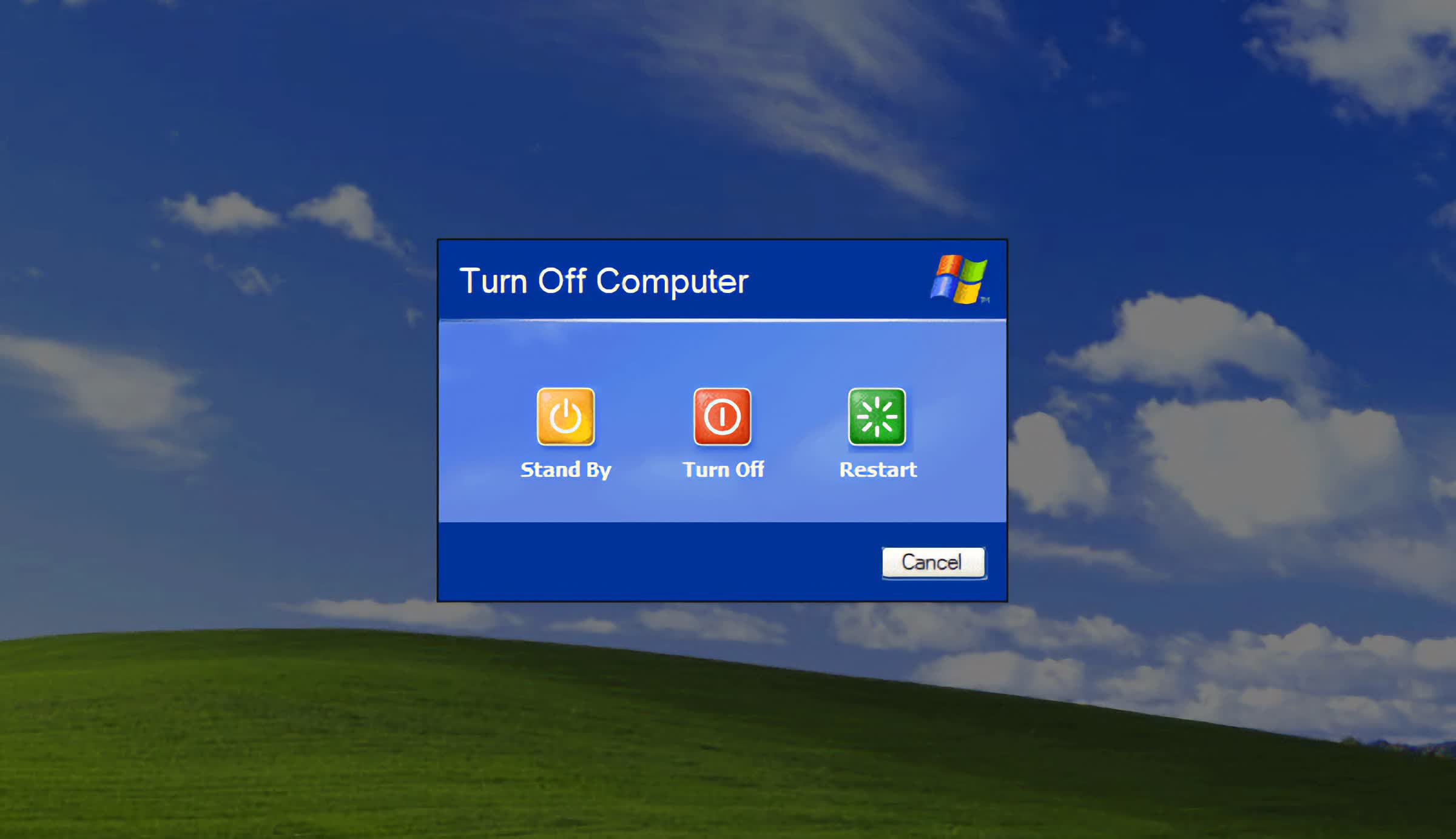A brief explanation why

Windows XP was a major step forward for Microsoft, merging the stability of its Windows NT line with the consumer-friendly interface of Windows 98, making it suitable for both business and home users. Windows XP introduced several key advancements, including improved hardware support, a more intuitive user interface with the iconic Start menu, and a new level of system stability and security that made it popular across a wide range of user demographics.
More than 12 years after its debut, Microsoft officially ended support for Windows XP on April 8, 2014, which also marked the conclusion of the extended support phase for Office 2003. At the time support was discontinued, Windows XP was still in use on approximately 28% of the world's PCs – nearly quadruple the entire Mac OS user base at the time. Even as late as 2016, millions of XP machines remained online, highlighting the operating system's enduring popularity and the reluctance of many users to upgrade.
While Microsoft strongly encouraged users to transition to newer versions of Windows, there was a workaround for those determined to keep XP alive. With a simple registry hack, users could make their XP installation appear to be Windows Embedded POSReady 2009, a version designed for specialized systems like cash registers. This trick enabled continued security updates until 2019, providing an additional five years of support beyond the official end date.
Even after 2019, many organizations continued to use Windows XP in isolated or controlled environments, particularly in industries where updating software posed compatibility challenges or significant costs. This was especially true for specialized equipment and machines running critical tasks that were difficult to upgrade.